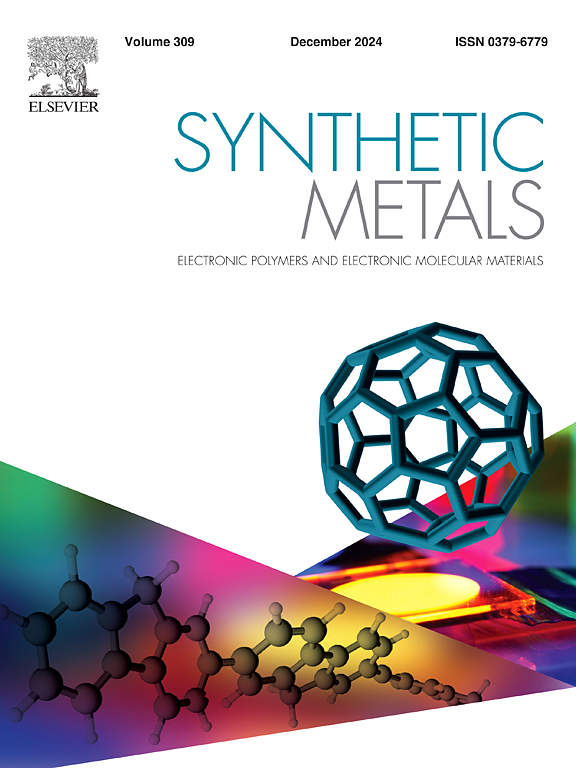无酶电化学葡萄糖传感器:在铂微电极上直接电合成镍纳米颗粒/氧化石墨烯复合材料
IF 4.6
3区 材料科学
Q2 MATERIALS SCIENCE, MULTIDISCIPLINARY
引用次数: 0
摘要
采用简单高效的电化学方法,直接在氧化石墨烯(GO)层上制备了镍纳米粒子(NiNPs),以修饰铂微电极(Pt/GO@NiNPs)。在制备的Pt/GO@NiNPs微电极上,葡萄糖在没有酶存在的碱性环境下直接电氧化。基于Pt/GO@NiNPs微电极的无酶电化学葡萄糖传感器具有1091 μA mM−1 cm−2的高灵敏度、良好的重复性、0.05 mM ~ 20.00 mM的宽线性范围和18 μM的低检出限等优点。在抗坏血酸、乳糖、尿素和多巴胺等干扰物存在的情况下,Pt/GO@NiNPs微电极性能稳定,受影响较小,具有较高的选择性。所开发的Pt/GO@NiNPs电化学传感器已用于检测5 %葡萄糖静脉输注中的葡萄糖,与瓶标签上的值相比,误差仅为0.27 %。Pt/GO@NiNPs传感器也被用于精确量化糖尿病患者尿液样本中的葡萄糖含量。本文章由计算机程序翻译,如有差异,请以英文原文为准。
An enzyme-free electrochemical glucose sensor: Directly electrosynthesized nickel nanoparticles/graphene oxide composite on a platinum microelectrode
Using a simple and efficient electrochemical method, nickel nanoparticles (NiNPs) were directly fabricated on graphene oxide (GO) layers to modify platinum microelectrodes (Pt/GO@NiNPs). With the fabricated Pt/GO@NiNPs microelectrodes, glucose was electro-oxidized directly in an alkaline environment without the presence of enzymes. The enzyme-free electrochemical glucose sensor based on Pt/GO@NiNPs microelectrode has exhibited many advantages such as a high sensitivity of 1091 μA mM−1 cm−2, a good repeatability, a wide linear range from 0.05 mM to 20.00 mM and a low detection limit of 18 μM. In the presence of interferers such as ascorbic acid, lactose, urea and dopamine, the Pt/GO@NiNPs microelectrode has performed stably and has been less affected, showing a high selectivity. The developed Pt/GO@NiNPs electrochemical sensor has been used to detect glucose in a 5 % glucose intravenous infusion with an error of only 0.27 % compared to the value stated on the bottle label. The Pt/GO@NiNPs sensor has also been used to accurately quantify glucose content in a diabetic patient’s urine sample.
求助全文
通过发布文献求助,成功后即可免费获取论文全文。
去求助
来源期刊

Synthetic Metals
工程技术-材料科学:综合
CiteScore
8.30
自引率
4.50%
发文量
189
审稿时长
33 days
期刊介绍:
This journal is an international medium for the rapid publication of original research papers, short communications and subject reviews dealing with research on and applications of electronic polymers and electronic molecular materials including novel carbon architectures. These functional materials have the properties of metals, semiconductors or magnets and are distinguishable from elemental and alloy/binary metals, semiconductors and magnets.
 求助内容:
求助内容: 应助结果提醒方式:
应助结果提醒方式:


